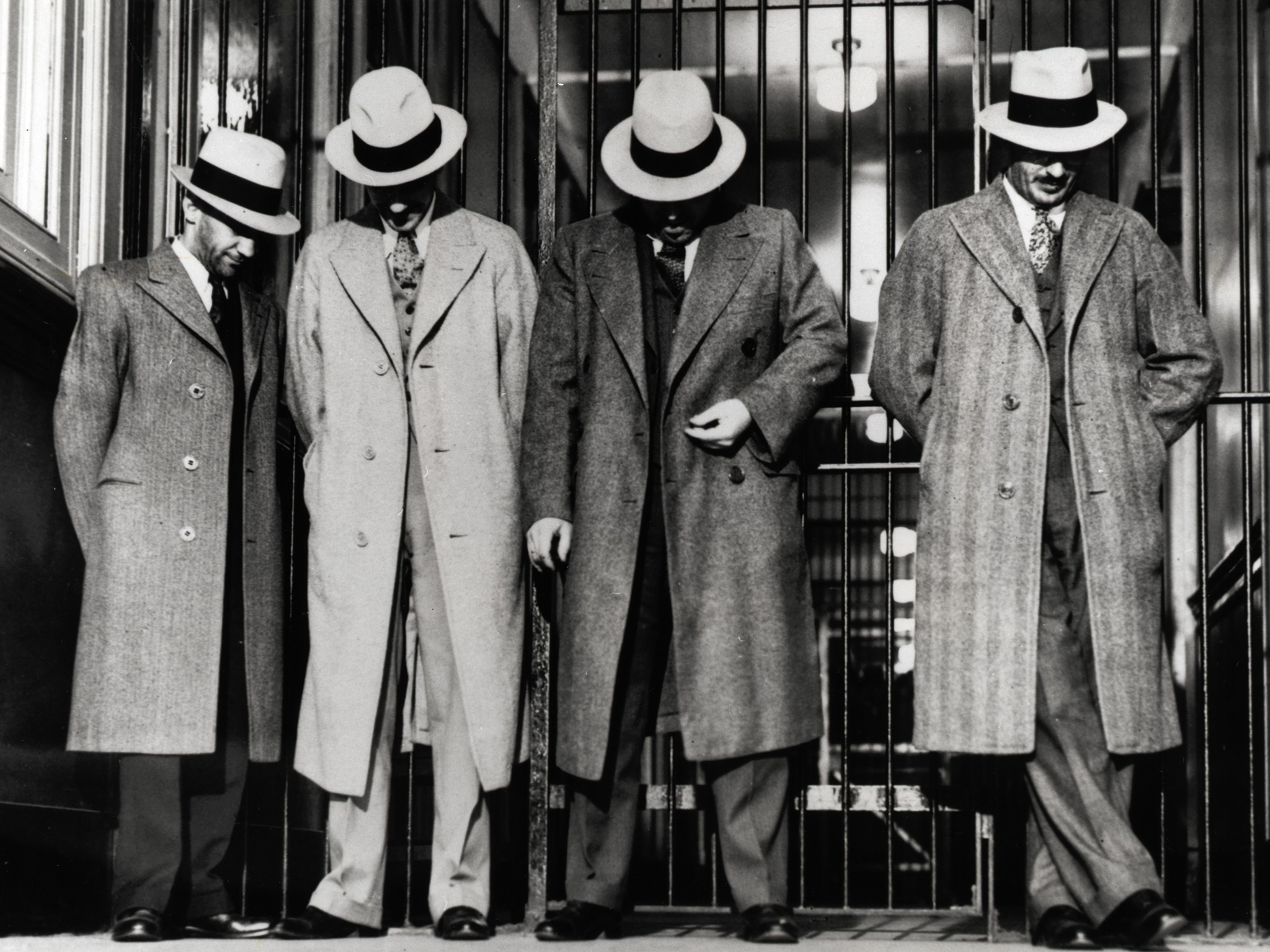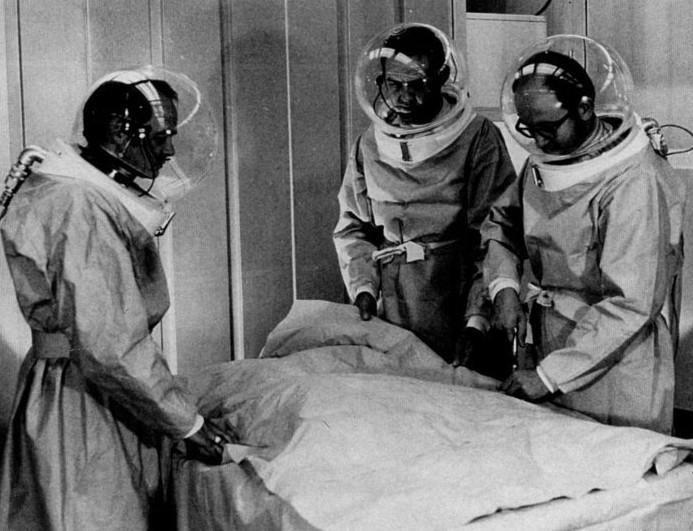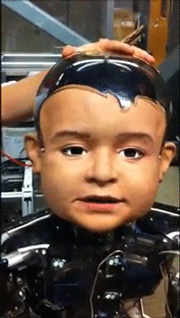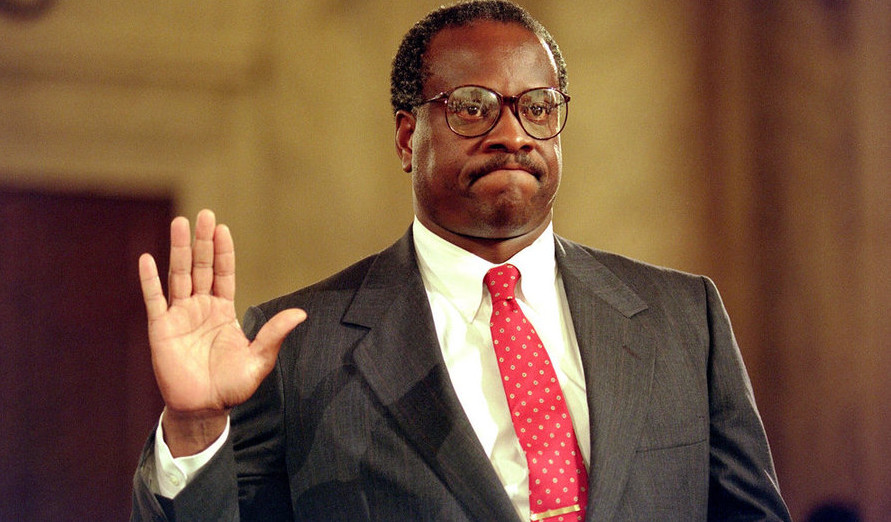
Malcolm Gladwell has written a powerful New Yorker piece about the new abnormal in America of mass violence perpetrated by teenage boys and young men, often at schools. While these acts are a small fraction of U.S. gun violence, they leave deep scars. Gladwell looks for answers at the intersection of developmental disorders, the easy access to weapons and a fatal type of “fan fiction” that has gone viral in the past two decades, with Columbine in 1999 being the shot heard ’round the world.
The article’s most important point, I think, is that there’s no pattern of history among the killers, who come from backgrounds good or bad. What they seem to share is a seemingly inexplicable attraction to spectacles of public violence that have preceded them and provided a modus operandi.
As a dedicated reader of newspapers from the 19th and early-20th century, I can assure you there were always very deeply troubled people in America, probably way more than there are now (per capita, anyhow). They just didn’t have such easy access to guns or at least the type of automatic weapons that exist today, nor were they easily connected to the violent delusions of others.
I don’t see much of a realistic answer for arms control in the long term. The laws should certainly be rewritten to address gun proliferation, but the country is already awash in weapons and with 3D printers coming our way, it will be a tricky battle to win, even without discussing the thorny politics. Similar frustrations are likely in trying to prevent copycat violence among teenage boys, perhaps ones on the autism spectrum, in the Internet Age. For all the good the democratization of media has encouraged, we’re also prone to its dark mirror.
Gladwell conducted a really good Reddit AMA about the subject. A few exchanges follow.
_____________________________
Question:
That was the toughest article I had to get through in a while but that is a testament to your writing style. What do you think are the ways we can fix this culture of violence? Do you think pop culture is to blame?
As a member of the media, what are the steps you can take to stop this kind of problem?
Malcolm Gladwell:
Pop culture is to blame, absolutely. But the issue is that pop culture today is not what it was thirty years ago. The internet has created a rabbit warren for the all sorts of twisted fantasies: the paradox of the internet is that the group who seem to use it the most (teenagers) are those least well-equipped to deal with its pathologies.
_____________________________
Question:
Mass shootings (and even more so school shootings seem to be the very definition of outliers (1% or less). Why are we focusing on those instead of the 60% of gun deaths that are suicides or 30% that are non-mass homicides? It seems we have it all backwards.
Malcolm Gladwell:
Another very good question. Yes, you are quite right. The magnitude of gun violence in the U.S. is such that school shootings represent a very minor part of the problem. In a logical world, we would be talking way more about the other 99 percent. That said, I think the issue with this particular genre of violence is that it has the potential to spread: that was the point of my article. What began as a problem specific to teens were serious troubles and disorders has now engulfed teenagers who are, for all intents and purposes, normal. That’s scary, because we don’t know where the epidemic will lead.
_____________________________
Question:
Are you concerned that your article’s focus on autism spectrum disorders as a correlate for schooling shooting behavior plays into the typical distraction of “mental health” we hear about after most mass shootings? America doesn’t have a monopoly on mental illness, but we seem to have one on school shootings.
Relatedly, do you worry that a story like this stigmatizes the mentally ill even further?
Malcolm Gladwell:
Very important question. First of all I was writing about a case in which the subject’s ASD was at the center of his entire legal experience. It was his diagnosis with mild ASD that led to him being put on probation–instead of behind bars. So I had to deal with it. The second half of the piece, which I gather you’ve read, is explicitly about trying to explain how we should NOT confuse John LaDue’s attitudes and condition for those of the classic school shooters, like Eric Harris. That’s why I have the long discussion of “counterfeit deviance”–the notion that we need to be very careful in assessing the criminality of people with ASD when it comes to certain kinds of behaviors: someone like John LaDue might be very innocently drawn into a troubling pattern of behavior. I was trying to fight the tendency to stigmatize those with ASD. I hope that came across.
_____________________________
Question:
Do you believe that curbing this school attack trend is more a matter of understanding/addressing the psychological condition you describe in the article, or equally or more to do with gun control?
Malcolm Gladwell:
I think that gun control is crucial for lowering the overall homicide rate: there’s no question in my mind that the easy availability of guns in the U.S. is a huge contributor to the fact that we have a homicide rate several times higher than other industrialized nations. But school schooters are a far more complicated issue: they are a subgenre of homicide that is about a specific fantasy that has taken hold of some teenaged boys. We could crack down on guns and still have a Columbine.
_____________________________
Question:
A lot of people will put these shootings down to sheer ‘craziness’ and they consider them isolated incidents, but here in Ireland we too have ‘crazy’ people and people who aren’t stable, but they don’t have guns so they don’t end up killing people. So surely guns are the problem? Because if you don’t have a gun then you aren’t mobilised to shoot, so this idea of ‘copycats’ you have is really interesting to think about, I couldn’t agree with you more. Excellent article and I look forward to a response!
Malcolm Gladwell:
I couldn’t agree more. Except that I have no idea how to get American “back” to the “pre-gun” condition like Ireland or England or any other Western nation is in. Remember its not just guns that are the issue here. It is the existence of an accompanying powerful fantasy about how they ought to be used.•



























